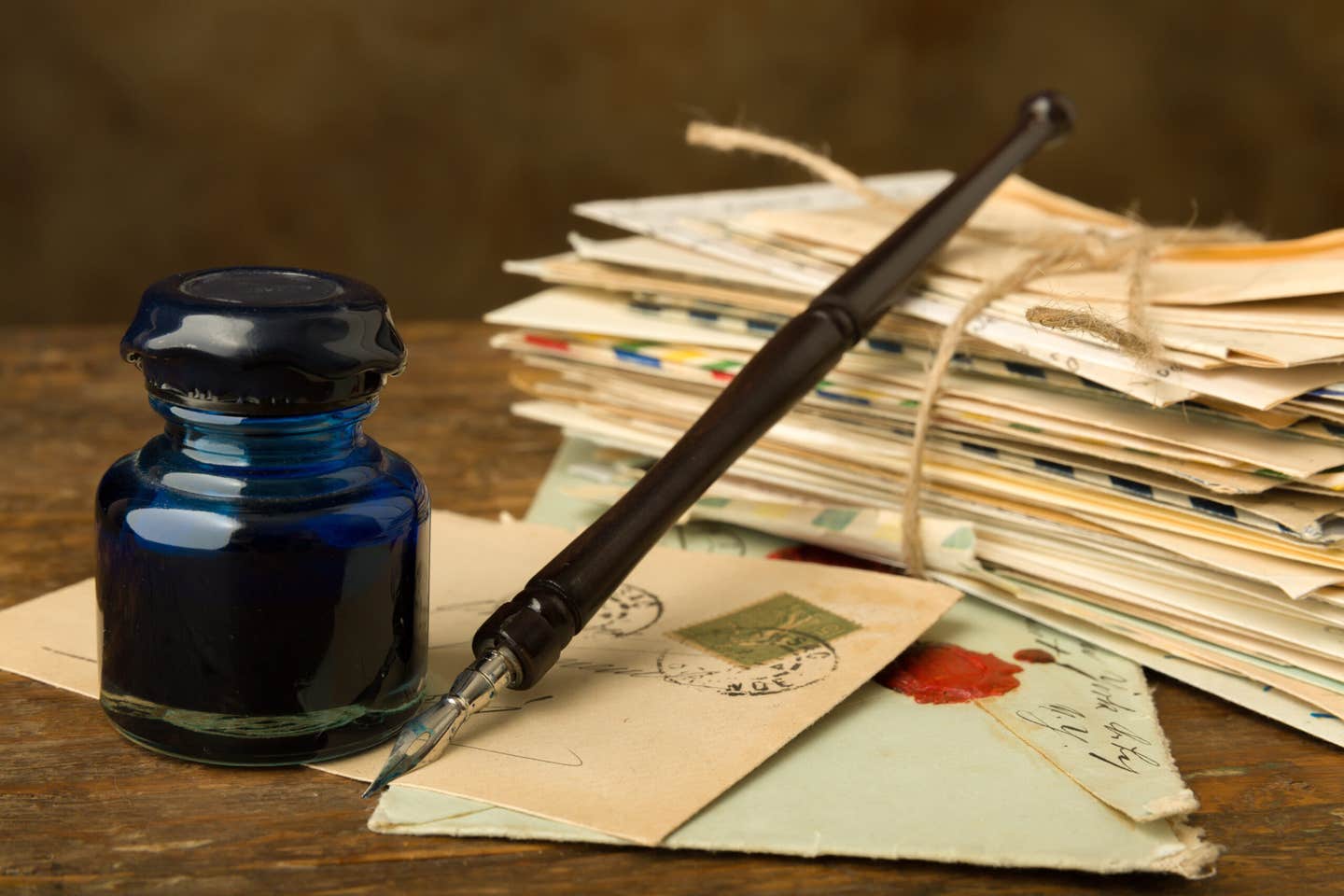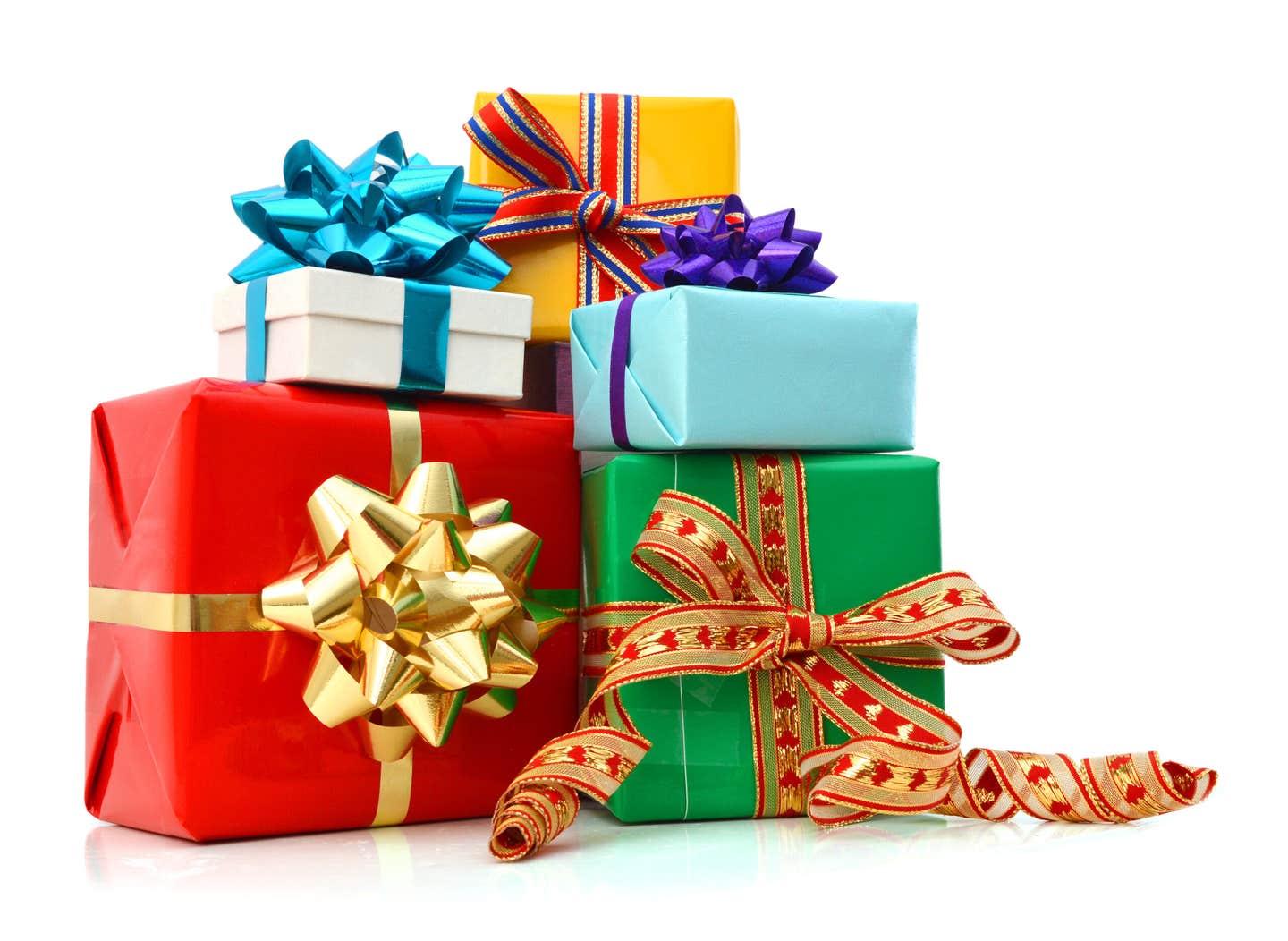Letters to the Editor (1/27/15)
Impressed with FDR coin set I just received the new 2014 Franklin D. Roosevelt Coin and Chronicles Set. It was ordered on Dec. 23 and delivered on Jan. 2. I…
Impressed with FDR coin set
I just received the new 2014 Franklin D. Roosevelt Coin and Chronicles Set. It was ordered on Dec. 23 and delivered on Jan. 2. I must say that I was very pleased with this new Mint offering.
I consider myself a U.S. history buff and have never been a great fan of President Roosevelt. As I examined this set I found myself very happy with most aspects of it. The set is compact and properly housed. Even the new packing slip was an improved version.
When this set and the 2013 Theodore Roosevelt Coin and Chronicles Set are compared by the numbers sold to most of our twice a year modern commemoratives, these two look like real bargains. I realize that the silver medals are not silver coins, but we can only wait and see what time will tell. The only improvement I would have suggested is that the reverses of the silver and bronze medals should have been different.
In parting, even the FDR booklet was educational. Something to think about.
Leo Darmstadter
Vineland, N.J.
What do wholesalers pay for silver Eagles?
Do you know what the Mint charges its wholesale customers for silver Eagles? Spot plus a dollar, or what?
I know that the coin dealers who sell them charge a minimum of around $4 in premium above spot, some $5. Thanks.
Perhaps you might want to include this in one of your columns. Build a story around what customers should think about before purchasing. I do recall seeing an item by one of your columnists that talked about the subject but nothing specific.
Dan Sowards
Austin, Texas
Editor’s Note: The Mint charges its authorized purchasers the price of spot silver plus $2 for each coin.
Mint ornaments a great way to share hobby
This year as I was taking down the Christmas tree and packing away the ornaments I came across two U.S. Mint ornaments from the 1990s. They are still as beautiful as the day I got them.
We have a wonderful hobby, and I am reminded of it each and every year. Too often when I think of my collection I am saddened by the fact that it is not displayed for guests to see like these ornaments on the tree. I am going to try to complete this collection as I now only have the dime and quarter.
Did the Mint only make the five basic coins into ornaments or are there more to be found? Did the BEP ever do something similar? Here is to a good 2015 for all, and to another year of filling the holes in our collections.
Bill Christeson
Falcon, Colo.
Editor’s Note: The Mint sold ornaments 1996-2001, with one denomination each year covering cent through dollar, but not in that order. We are not aware of any Bureau of Engraving and Printing Christmas tree ornaments.
Market grading differs from technical grading
In the Dec. 23 issue, reader Joseph Reaker refers to Skip Fazzari’s article on “circulated mint state coins”, and raises the oft-asked question of “how can a coin that shows circulation wear on it be graded mint state?” He invites Skip to expound on this further as a point of clarification.
I’m sure Skip will reply, but I’d also like to take a shot at trying to explain how this is possible.
The answer lies in Joseph’s understanding and acceptance of the difference between technical grading and market grading. Unless this difference is completely understood, the question will always be out there, swinging in the wind like a piñata ready to be pummeled.
The technical grading concept was used when ANACS first started grading coins under the ANA flag. In this system, the grade is assigned based strictly on 2-1/2 factors – luster and contact marks, and, to a lesser degree, eye appeal. Strike was not factored in, and the condition in which it left the dies was the determining consideration.
Enter market grading.
Market grading added the strike factor to the grading formula and seriously bumped up the importance of eye appeal. As the term implies, and this is the critical element that Mr. Reakes must realize, the market acceptance (price/value) of any coin will determine the grade. Like it or not, this is the reality.
In an ideal world, any wear on a coin would knock it out of the mint state or uncirculated category. However, as I pointed out above, the eye appeal of a coin weighs very heavily in the grading scenario, and very often, a lightly circulated piece (AU-55 or -58) will exhibit far better eye appeal than a MS-60-62 coin that has unsightly contact marks, impaired luster, etc. Astute collectors gravitate to these (technically) high end AU coins as they very simply look better than a low-end mint state coin. It is vital to understand that an AU-58 specimen is a MS-64 or MS-65 coin with just a little wear.
Because of this knowledge and acceptance by collectors (the “market”), they are willing to pay more of the “long green” for a high end circulated coin that has the crucial eye appeal, even though it is not technically uncirculated.
Third party grading services are guided by market values when assigning a grade, so when you mail off a coin to be graded, they really don’t grade it, they price it, based upon what the market deems it is worth. Market grading vs. technical grading = reality. Therefore, it is possible to have a (technical) AU coin (market) graded as uncirculated or mint state.
I fully understand that it is easy for new collectors to over think this AU/UNC paradox unless they understand the mechanics of market grading.
One final comment on another point Joseph brought up; a three-word definition of uncirculated or mint state is absence of wear. Coins that have not entered the stream of commerce (spent), unless they have been mishandled, do not have evidence of wear, so coins shipped from the Federal Reserve locations to various distribution companies like Brinks, Wells Fargo, Dunbar, etc., and from there to the individual banks have not yet been put into circulation, so they are still uncirculated.
I hope this has clarified some of Joseph’s questions and helped him understand that the key element in this discussion is the use of the market system of grading in assigning grades to coins.
Bill Fivaz
Dunwoody, Ga.
Numismatic periodicals appreciated worldwide
Back in 1968, I was into my third year of the Vietnam War, and it was a very busy part of my life. When I finally got back to the USA in 1973, I was newly married and we had a very tight budget. Do I spend money on numismatic periodicals or numismatic pieces? I decided numismatic periodicals and references were more important.
Today, except for one publication, I do not subscribe to any periodicals that are not sent to me online. The one exception is Vietnam magazine, which is about the war. The original editor and I became friends and I also edited articles that included intelligence activities for him. It is a monthly magazine so I have only a few to read after my annual five-six months here in Vietnam.
While in Vietnam, I will print off anything that a local (Lao and Cambodians too) might be interested in and tell him/her that it came from a numismatic publication in the USA. They appreciate seeing something about their country.
Howard A. Daniel III
Dunn Loring, Va.
Are thicker planchets used for some cents?
Recently I had occasion to sort through over 70 pounds of Lincolns cut from mint sets, still in the cellophane. When I had finished, I was really long on 1987-D for some reason, more than I wanted, and proceeded to search for a buyer. I found one but the only way he’d take them was if I cut them out of the celophane and rolled them.
Upon doing so, I saw that the roll from the mint set coins was a full quarter of an inch longer than a BU roll of the same date from a bank-wrapped roll. What could account for this pronounced difference in thickness?
I read somewhere that the copper-plated zinc planchets used for proof Lincolns require an extra layer of copper in order to accept the image properly. If that’s true, is it possible that these double-coated planchets are used for the Lincolns found in mint sets? Any ideas?
Paul Malone
Forest Lake, Minn.
Kids can start collecting from pocket change
Mark Johnson’s comments concerning kids collecting current circulating coins are great! That’s how most of us started. We searched through our own change and asked many we knew to look at theirs. Then we roll searched.
There are still treasures out there. I found a Buffalo nickel last week.
Thanks, Mark.
Tom Fauth
Elizabeth, Colo.
Reader seeks information on special sets
I am looking for any information regarding gold 1 and 5 mill presentation sets given to two Missouri officials in 1937. Any information or leads would be appreciated.
Kevin Barnett
17404 Hilltop Ridge Drive
Eureka, MO 63025
eldeaco@yahoo.com
There’s something special about wheat cents
John S. Adams of Minneapolis must be a new, or young collector, when he questions “Why do people hold on to wheat cents?”
Mr. Adams, people like me hold on to the wheaties because they are a vanishing breed. I started collecting coins in the mid-1950s, at the end of the wheat back run and the beginning of the Memorial era.
At first, in 1957 and 1958, I would look at the cent and put it in my blue Whitman Lincoln cents folders if there was an opening. If not, I would spend it. (Back in the day, you could still buy something for one cent.)
But when the Memorial cents started to appear, I realized that one day real soon, the wheatie won’t be readily available. Much like what is happening now as the Union Shield cent is infiltrating the Memorial issues. Perhaps one day somebody will paraphrase your question: “Why do people hold on to Memorial cents?” Because they aren’t readily available and the issue is no longer produced.
I will still buy lots of wheaties because I still have holes in my Whitman folders (especially the earlier dates) and I hope to fill them. In fact, the other day I found a 1957 wheatie in a Coinstar at my local supermarket. I will put it with my other wheat cents and when I get up to 600, I will put the coins in my coin club’s auction for someone to buy at $30 or more.
If you have a Red Book for U.S. coins, look through it and read about the wheat cents. Join a local coin club. If you’re a young collector, it doesn’t matter. My club has several young collectors in it. I’m sure a coin club near you will gladly accept you into their ranks.
Reap the wheat, my friend, before they’re gone from circulation completely, like the Indian Head cent.
Bill Tuttle,
Cleveland, Ohio
This article was originally printed in Numismatic News.
>> Subscribe today or get your >> Digital Subscription
More Coin Collecting Resources:
• Kick-start your coin collection with the Fundamentals of Coin Collecting set of essential resources and tools.
• Strike it rich with this U.S. coins value pack.
• Build an impressive collection with Coin Collecting 101.









